If there’s one must-see attraction in Madrid, it undoubtedly has to be the Prado Museum. It’s undoubtedly one of the world’s greatest collections of art—but with over 2,000 paintings (and hundreds more sculptures, prints, and drawings), it can be hard to know where to start.
For that reason, planning what you want to see in advance is key. So with that in mind, we’ve put together our favorite Prado highlights to help you organize your visit.
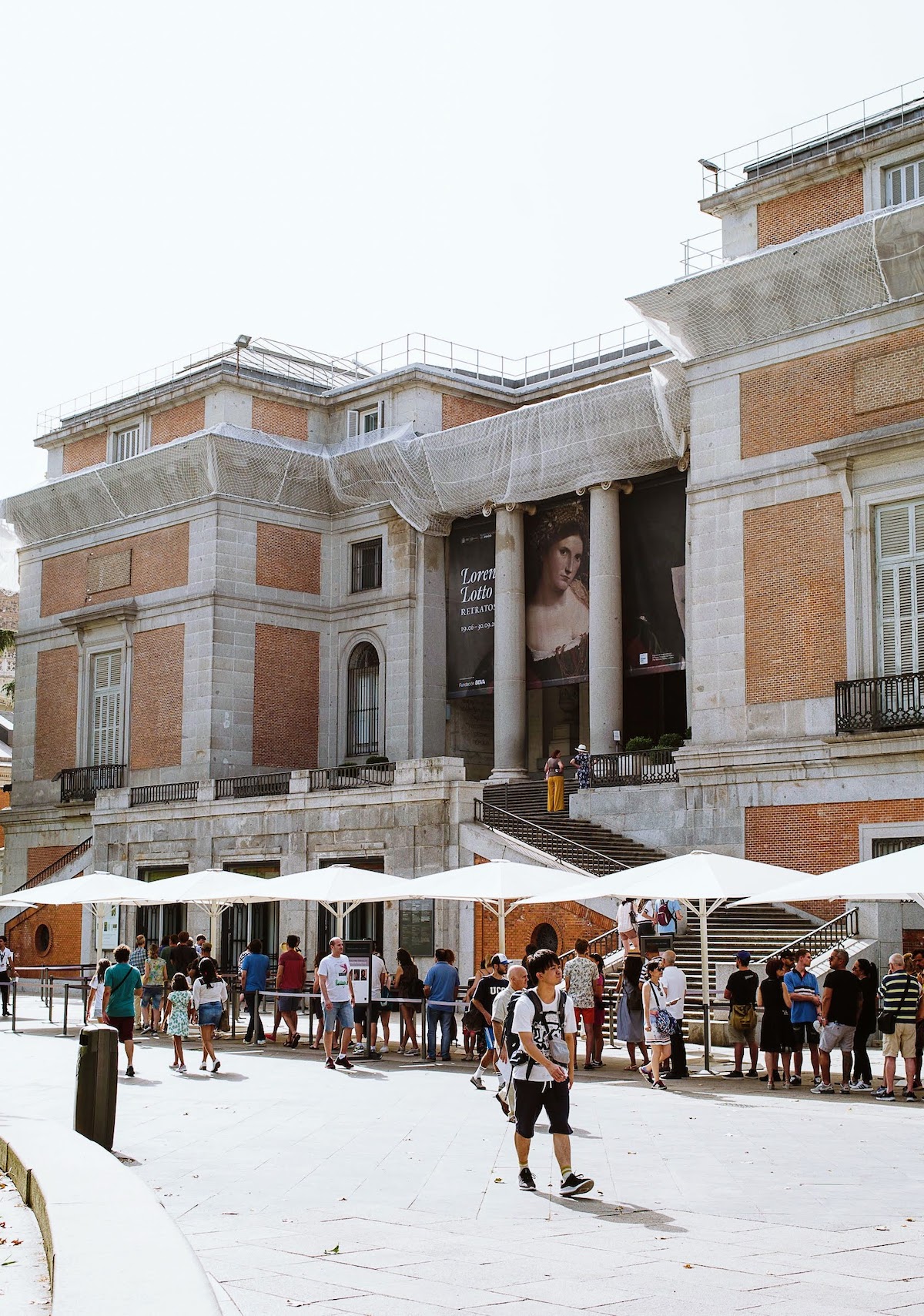
You may have heard of Madrid’s “Golden Triangle of Art,” which consists of the city’s most prestigious and equally important art museums. There’s the Reina Sofía, the Thyssen, and of course, the Prado.
In this guide, we’ll walk you through the must-see Prado highlights and additionally some lesser-known gems. You’ll also discover how and when to visit to make the most of your time at this cultural masterpiece.
Prado Museum History
Before we get into the Prado highlights, it’s worth taking a step back in time to discover the famous museum’s roots.
The enormous building that today houses Madrid’s foremost collection of classical art dates back to 1785. Architect Juan de Villanueva originally designed it under the orders of King Charles III to house the National History Cabinet. It wasn’t until 1819 when Charles’ grandson, King Ferdinand VII, converted the structure into a museum.
However, what sets the Prado apart from many other European art galleries are its roots as a royal art collection. As a matter of fact, the original collection consisted of paintings and sculptures from royal residences around Spain. Over the next several hundred years, the catalogue expanded as Spanish monarchs snapped up as many European masterpieces as they could get their hands on—many of which still grace the walls of the Prado today.
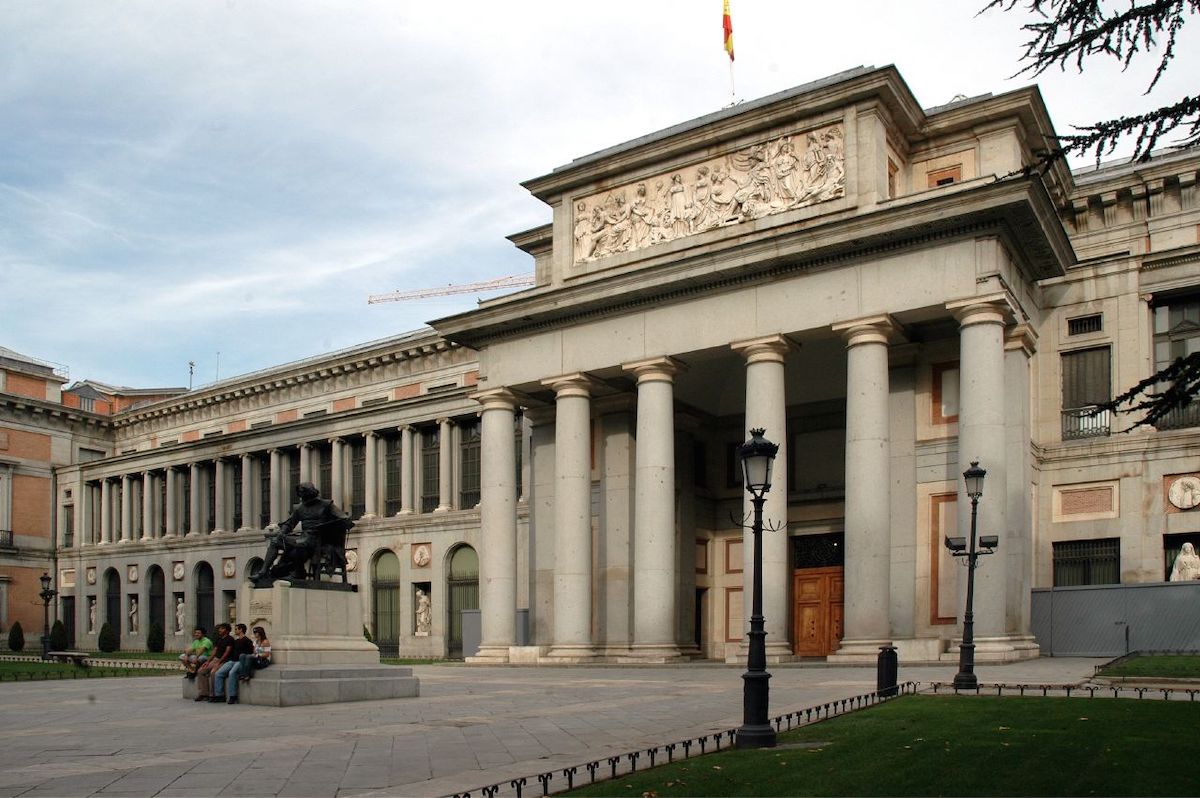
Prado Museum Highlights
While the Prado is absolutely packed with masterpieces, there are a few artists and periods that truly stand out above the rest. Without further ado, here are the Prado highlights that no self-respecting art lover should miss.
1. Diego Velazquez
No museum in the world comes close to matching the Prado’s collection of Velazquez paintings. The master from Seville—widely considered the most important Spanish painter of all time—changed painting forever with his revolutionary approach to realism.
Velazquez was especially unusual for his time in rarely sketching or making preparatory studies. Consequently, his paintings have an impressionistic looseness and intimacy that have inspired generations of artists.
Drawing influence from Italian and Flemish art, as well as the bodegones of his native Seville, Velazquez created something truly Spanish, making him one of the undisputed Prado highlights.
Don’t Miss: Las Meninas, The Surrender at Breda, The Triumph of Bacchus, Apollo at the Forge of Vulcan, Christ Crucified, Las Hilanderas.
Key Work: By and large, Las Meninas is Velazquez at his most imperious. At first appearing to be a portrait of the Princess Margarita and her handmaidens, on closer inspection it reveals a complex scene involving Velazquez himself, the King and Queen, and a mirror. We won’t give away too much: working out for yourself what’s going on is undoubtedly part of what has fascinated visitors to the Prado for centuries!
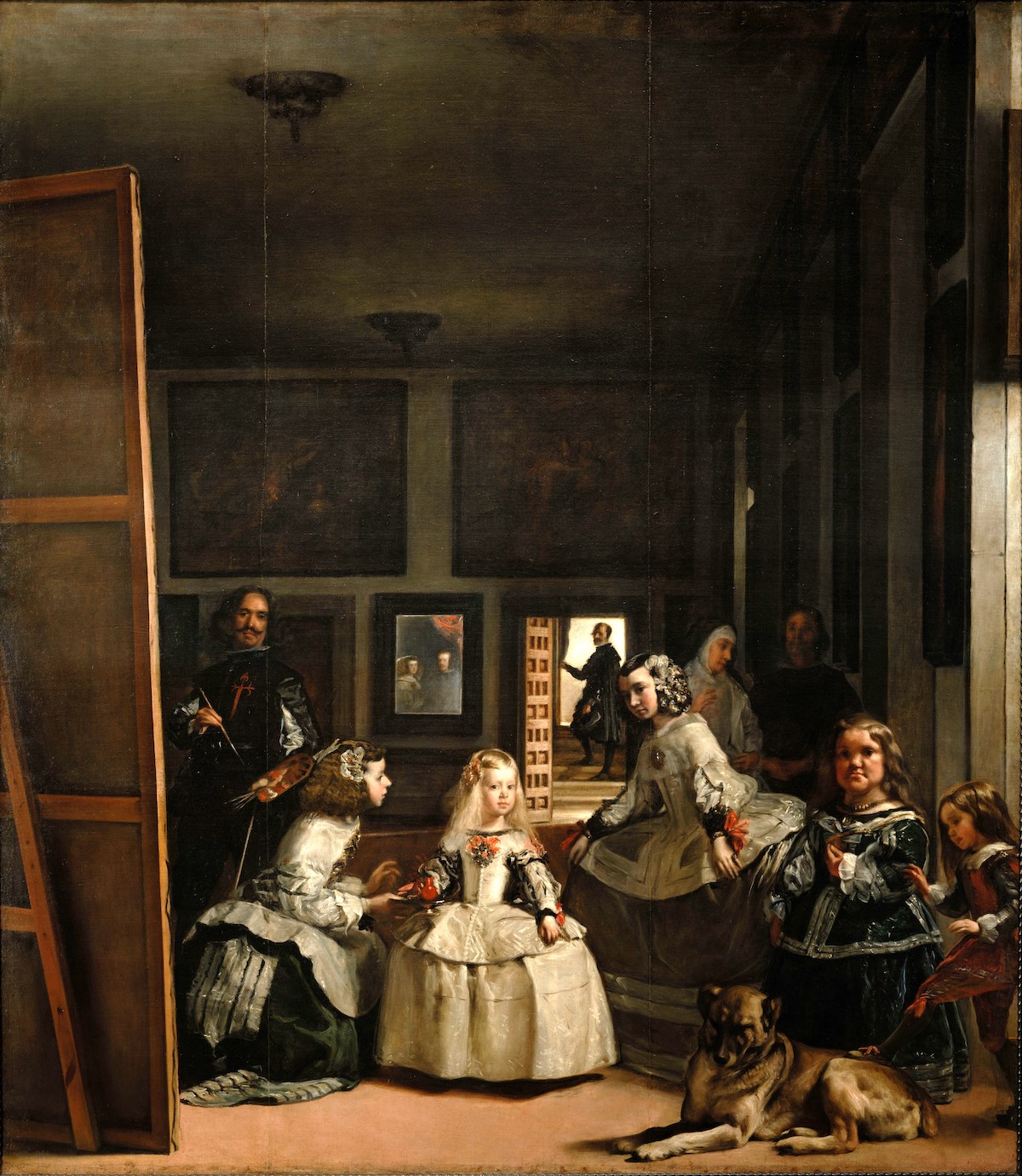
2. Francisco Goya
Francisco José de Goya y Lucientes came from a modest family in a tiny Aragonese village, but rose to become the most important Spanish artist of his generation before losing it all and living out his final years in exile. No other painter has so many works represented hereat the Prado.
Following his trajectory from his early portraits, light and full of life, through to the dark intensity of his final works, is one of our personal favorite Prado highlights.
Don’t Miss: The Family of Charles IV, La Maja Desnuda and La Maja Vestida, The Second and Third of May 1808, The Black Paintings,
Key Work: There’s unquestionably nothing quite like the Black Paintings. Painted directly on the walls of his house in the outskirts of Madrid towards the end of Goya’s life, they reveal the inner life of an artist disillusioned by politics and society, losing his health (and possibly his mind), and confronting his own death. Given that, these are dark, twisted scenes which stay with you long after you leave the museum.
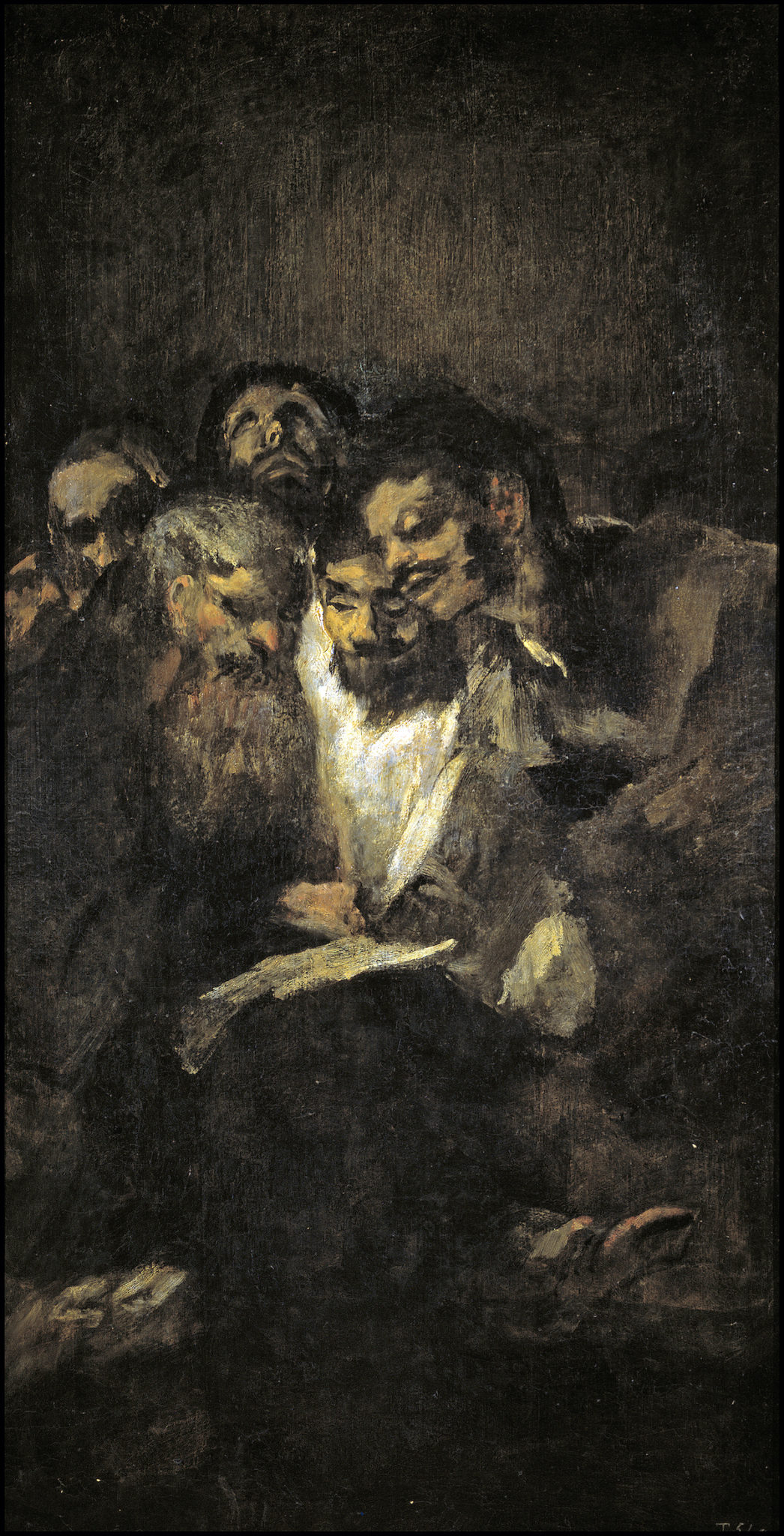
3. Flemish Art
For centuries, the territories that now make up Belgium and the Netherlands were part of the Spanish Hapsburg Empire. For that reason, the Prado has one of the world’s finest collections of Flemish art.
From perhaps the world’s greatest collections of Rubens and Hieronymus Bosch to outstanding works by van der Weyden and Rembrandt, discovering these northern masters is without a doubt one of the real joys of visiting the Prado.
Don’t Miss: Hieronymus Bosch – The Garden of Earthly Delights; Rogier van der Weyden – The Descent from the Cross; Peter Paul Rubens – The Birth of the Milky Way and The Three Graces; Rembrandt – Artemisia.
Key Work: The Garden of Earthly Delights isn’t just one of the Prado Museum highlights—it is, in fact, one of the most mind-blowing works of art anywhere in the world. Its depiction of giant birds, people inside bubbles, strange constructions straight out of a science fiction film, and copious nudity have given rise to a huge number of different theories about its true meaning. It also provided a major inspiration for the surrealism of Salvador Dalí.
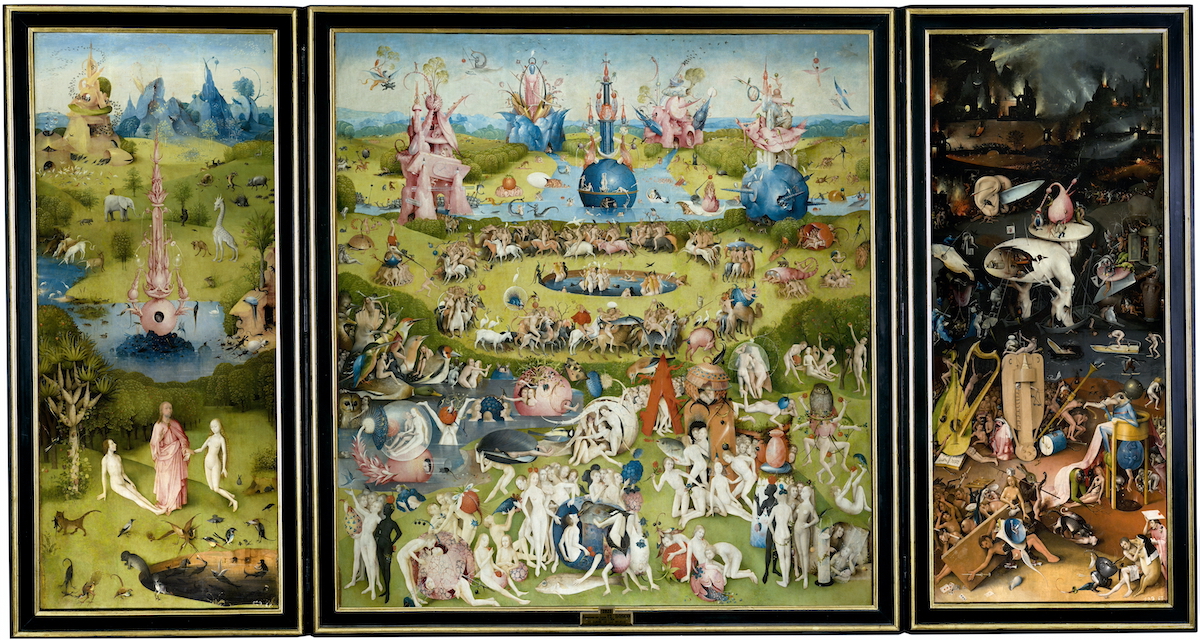
4. Italian Art
Italian artists have always made up a central part of the Spanish royal collection, from Carlos V bringing Titian over from Venice to serve as his official court painter to Philip IV sending Velazquez to Italy to buy works for the collection. These Italian works served as the model for generations of Spanish painters, a source of influence which lasted for centuries.
Don’t Miss: Fra Angelico – The Annunciation; Raphael – The Holy Family and The Cardinal; Titian – Equestrian Portrait of Charles V, Venus and Adonis, Danaë Receiving the Golden Rain.
Key Work: To see the influence of Titian’s Equestrian Portrait of Charles V you don’t even need to leave the Prado. Just look at Velazquez and Goya’s own equestrian portraits to see the impact Titian made on Spanish art. A masterpiece of power and control, it’s one of the true Prado highlights.

Hidden Gems at the Prado
By now you know that the Prado Museum houses one of the world’s most remarkable collections of iconic painters. But with so many works of art to discover, it’s also host to hundreds of hidden gems that you could easily miss while trying to pack in the greatest hits.
If you really want to sink your teeth into all the museum has to offer, here’s our guide to some of our favorite lesser-known paintings in the Prado, which happen to be some of Madrid’s best hidden gems, too.
1. Sofonisba Anguissola – Portrait of Philip II
This portrait of Spain’s “Most Catholic King” might not jump out at you at first. Upon closer consideration, it represents something especially remarkable: a portrait of a 16th-century king, painted by a female artist.
Anguissola was born in Italy, where her talents caught the attention first of Michelangelo and then of the Duke of Alba, Philip’s military commander. He brought her to Spain, where she would serve as a lady-in-waiting to the Queen.
Neglected by art historians for centuries—this very painting was attributed to a male painter until 1990!—she’s increasingly viewed as one of the most influential painters of her generation.
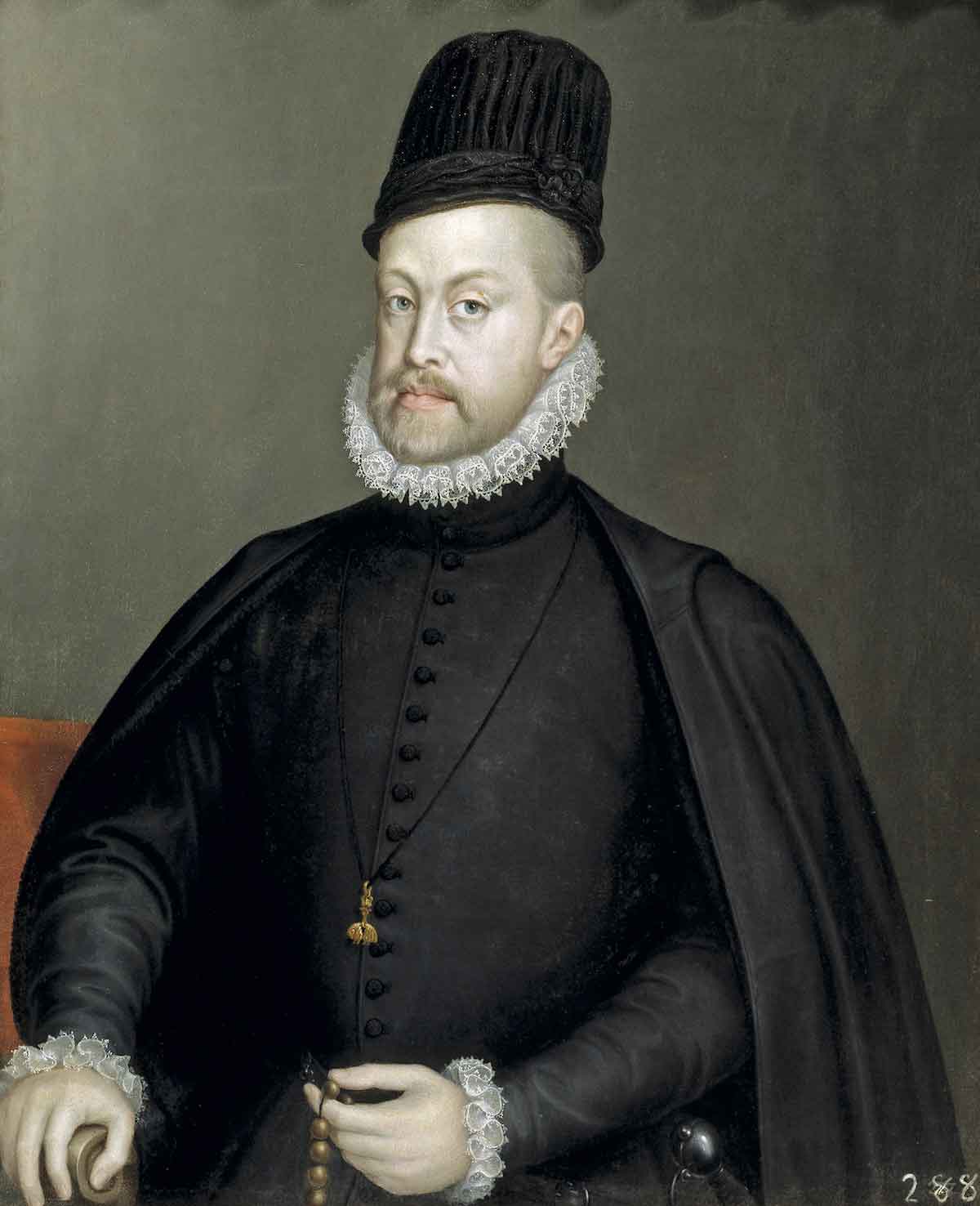
2. The Dauphin’s Treasure
When Philip V came to Madrid from Versailles to take up the Spanish throne, he brought with him his father’s outstanding collection of decorative vessels. Hidden away for quite some time in the museum’s little-visited basement, its new place of honor is the Toro Norte in the Goya Wing.
The finest artisans across Europe made these decorative pieces from crystal, enamel, and precious stones and metals. It’s hard to pick out a favorite, but look out for the incredible dragon-boat on wheels. All in all, an insight into the decadent luxury of the Bourbon royal court.
Where to find it: Toro Norte, in the center of the second floor of the Villanueva Building’s North or Goya Wing.
3. Giambattista Tiepolo – The Immaculate Conception
Many visitors to the Prado jump straight from Diego Velázquez to Francisco de Goya, skipping over the 18th century almost in its entirety. While it’s true that some of the Royal Collection from this period can suffer in comparison to the two great masters, much of it deserves a long-overdue reconsideration.
Tiepolo was originally commissioned to his Immaculate Conception by King Charles III for a church in Aranjuez around 1767. While the composition owes much to Spanish Baroque painters like Pacheco and Murillo, the end result is very different.
The Virgin Mary is shown not as a delicate girl looking piously up to heaven, but as a strong woman looking down to earth and the task ahead of her. Mary becomes an active figure in her own destiny, trampling evil beneath her.

4. Raimundo de Madrazo – Portrait of Josefa Manzanedo
Madrazo hails from a great family of Spanish painters—four generations of which are represented in the Prado’s collections!
Over time, his works have fallen somewhat out of fashion. But really, there’s no one quite like him. Painting largely in Paris at the end of the 19th century, his paintings are a feast for the senses.
For example, take this portrait of Josefa Manzanedo, a Spanish marquess and fellow expat in Paris. She stands facing us, the richness of her dress competing with some remarkable floral wallpaper for our attention. The effect is a kind of sensory overload that’s held together by the minimalism of the composition and the presence of its subject.
A Self-Guided Tour of Prado Highlights
With so much to see, the Prado can seem almost intimidating—especially if time is short. The following self-guided tour will show you how to check out all the main Prado highlights.
These famous works usually stay in one place; however, keep in mind that the museum curators often move paintings around within the museum.
Renaissance Masterpieces (Rooms 49–58)
If you’re getting in as soon as the museum opens, head straight to Hieronymus Bosch’s Garden of Earthly Delights (Room 56A) and Rogier van der Weyden’s Descent from the Cross (Room 58). These early Flemish religious masterpieces really benefit from being seen up close. Try to get ahead of the rush of tour groups for the best experience.

Titian & Rubens (Rooms 25–29)
After these Renaissance masterpieces, head upstairs to immerse yourself in the Spanish Golden Age. Start off in the huge central gallery (Rooms 25–29). Here you’ll find two foreign painters who had a huge influence on Spanish art: Rubens and Titian.
You might be surprised to find that the Prado holds one of the world’s greatest collections of Titian, but the Venetian master spent much of his career working as a salaried court painter to the Hapsburg kings Charles V and Philip II. The Emperor Charles V at Mühlberg is in the central hall, alongside his portrait of Philip II and just next to his mythological masterpieces Sisyphus and Tityus.
Rubens, too, was another favorite of the Habsburg court who would prove a great influence—and friend—for Diego Velazquez. Wander down the great hall to see his late masterpiece The Adoration of the Magi.

El Greco & Velázquez (Rooms 8 & 12)
Double back to discover one of the strangest painters in the Spanish tradition: El Greco. Never fully accepted by the Spanish court, many of his greatest works are in Toledo rather than here in the Prado. Nevertheless, Nobleman with his Hand on his Chest and The Holy Trinity (both in Room 8B) are fine examples of his secular and religious work.
Now, it’s time for the big one: Diego Velazquez. Almost universally acclaimed as the greatest Spanish painter of all time, his impressionistic style, questioning of reality and the intimacy of his portraiture have inspired artists through the centuries. You’ll find his great masterpiece, Las Meninas, in Room 12.

Goya & the Black Paintings (Rooms 32, 36, & 67)
Head to Room 32 to meet the final Spanish master of our tour of Prado highlights: Francisco de Goya, and his famously ambiguous Family of Charles IV. Nearby are the Second and Third of May 1808, two powerful, disturbing depictions of the horrors of war.
Nearby in Room 36 are his scandalous Maja Desnuda and Maja Vestida. Finally, head back downstairs to see his late masterpieces. The Black Paintings (Room 67) are some of the strangest and darkest works of art anywhere in the world, painted directly on the walls of Goya’s house in the outskirts of Madrid after the collapse of his public career.

Visiting the Prado: Practical Information
The Prado opens every day at 10 a.m. It closes at 8 p.m. Monday through Saturday and at 7 p.m. on Sundays and holidays. General admission costs €15, though there are reduced-price tickets available for those who qualify. Entrance is free during the last two hours of the day: 6–8 p.m. Monday through Saturday and 5–7 p.m. on Sundays and holidays.
The main entrance to the museum is the Puerta de los Jerónimos entrance on the northeast side of the building. If you need to purchase day-of tickets, you can do so at the onsite box office nearby.
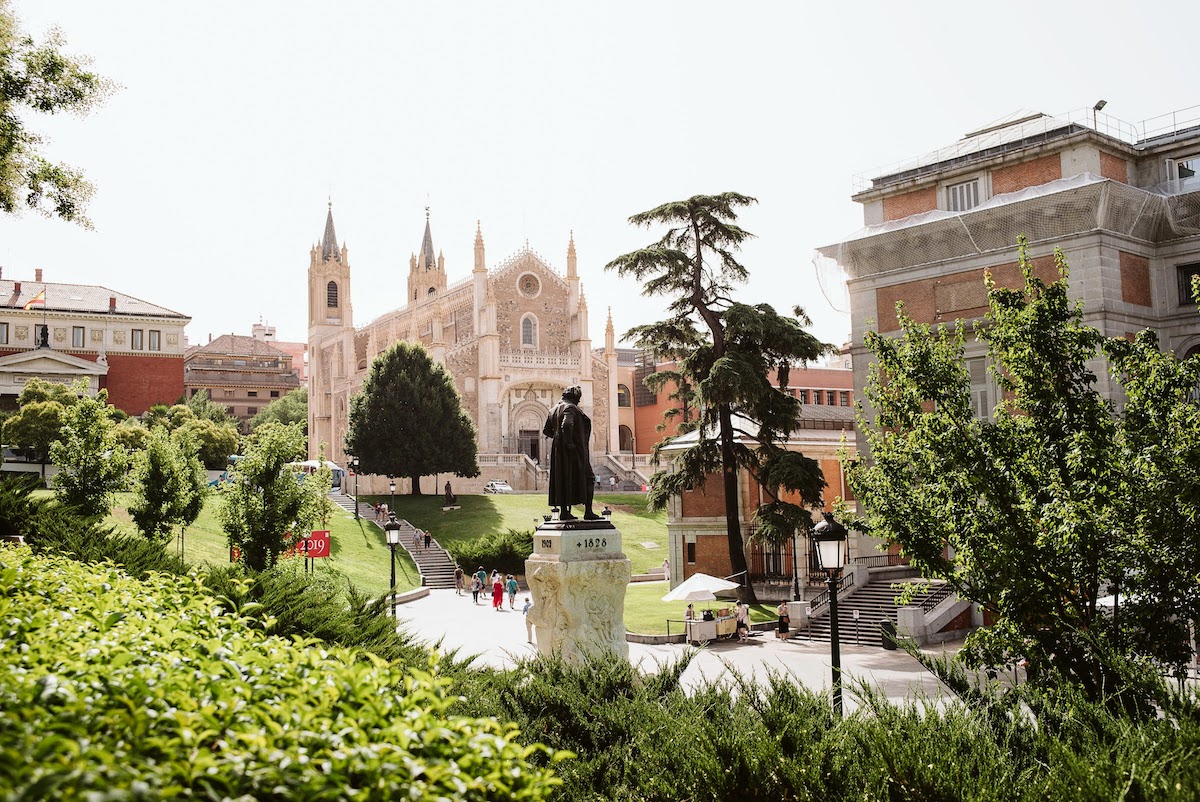
If you want to avoid the lines and the crowds, try to arrive as soon as the museum opens at 10 a.m., or during the lunchtime lull around 2 p.m. Buying a ticket in advance online means you can head straight through security without having to wait in line at the box office.
While the free entry hours can be tempting for travelers on a budget, bear in mind that many others will have the same idea. Show up at least 45 minutes before the free hours start to avoid spending precious museum time in line!
Once you’re in the Prado, make sure to pick up a free map from the information point by the entrance. As well as a plan of the museum’s layout it also includes a handy guide to the main Prado highlights and where to find them. Take a moment to work out your route to make the most of your time inside.
What to Do Near the Prado
The Prado is conveniently located near some of Madrid’s top sights. Here are some great additions to your itinerary after exploring the museum.
- Explore Retiro Park or the Royal Botanical Gardens to get some fresh air
- Continue your journey through Madrid’s “Golden Triangle of Art” at the Reina Sofía Museum and the Thyssen
- Head to the CaixaForum exhibition center for even more culture
- Get lost in the stunning Huertas neighborhood and walk in the footsteps of some of Spain’s most legendary literary figures
- See Madrid from above at the rooftop terrace atop the Círculo de Bellas Artes building

Bars & Restaurants Near the Prado
Worked up an appetite after visiting the museum? Here are some of our favorite places to eat near the Prado.
- La Sanabresa: A traditional casa de comidas serving up beloved Spanish classics.
- Los Gatos: This quirky bar is famous for its tostas (open-faced sandwiches with a variety of delicious toppings).
- Casa González: An unassuming neighborhood deli with a surprising past, this local spot is a great place to stock up on cured meats, cheeses, and other picnic supplies.
- Mercado Antón Martín: This local market perfectly blends past and present with its traditional stalls and contemporary gastronomic offerings.

Prado Museum FAQs
The Prado Museum is located in Madrid, Spain. It is east of the city center, north of Atocha train station, and just west of Retiro Park.
The Prado houses one of the greatest collections of classical European art in the world, with works spanning from the sixth century BC until the late 19th century. It is home to works by some of the greatest Spanish painters of all time, such as Velázquez and Goya, with a respectable showing by other European masters such as Rubens, Bosch, and Raphael as well.
The Prado’s most famous work of art is Velázquez’s Las Meninas, an enigmatic oil on canvas from the 16th century depicting the Spanish royal family and their attendants with the young Princess Margarita as the centerpiece. Other noteworthy paintings in the Prado are Bosch’s Garden of Earthly Delights triptych and a number of works by Goya, including the somber Black Paintings.
The Prado has amassed more than 2,300 paintings into its collection since opening in 1819. Of those, around 1,300 are on display at the museum. The remaining works are either on loan or in storage.
No. Photography and videography are not permitted inside the museum.
Yes. The museum is free for anyone under the age of 18, as well as for students up to the age of 25 with a valid ID.
General admission to the museum costs €15.
In order to get the most out of this stunning museum, we recommend setting aside at least three or four hours for your visit.
The Prado Museum opened to the public in November 1819, making it more than 200 years old. It celebrated its bicentennial in 2019.
The Spanish word prado also means “meadow.” For many years, the grounds on which the museum now stands—as well as the surrounding area—consisted of open fields and meadows. The museum was given its current name, Museo Nacional del Prado, in 1868; it was previously known as the Royal Museum and later as the National Museum of Paintings and Sculptures.
Update Notice: This post was originally published on May 22, 2018 and was republished with new text and photos on June 17, 2021.
Want to discover two Madrid icons in one incredible day? Join our expert guides to see the very best of the city on a guided walking tour of the Royal Palace and the Prado Museum. We’ll also visit the city’s historic neighborhoods and stop for churros and chocolate along the way.